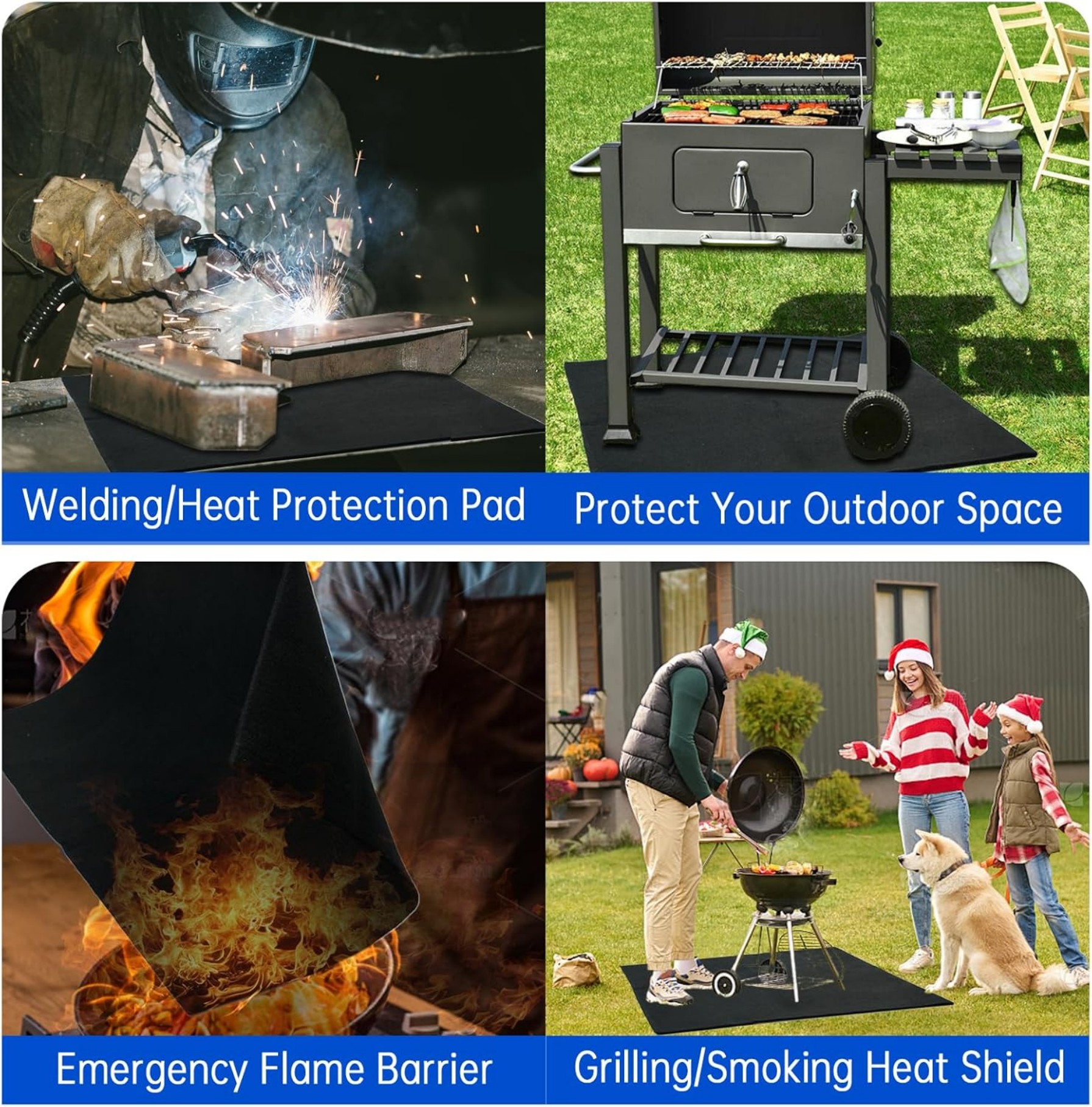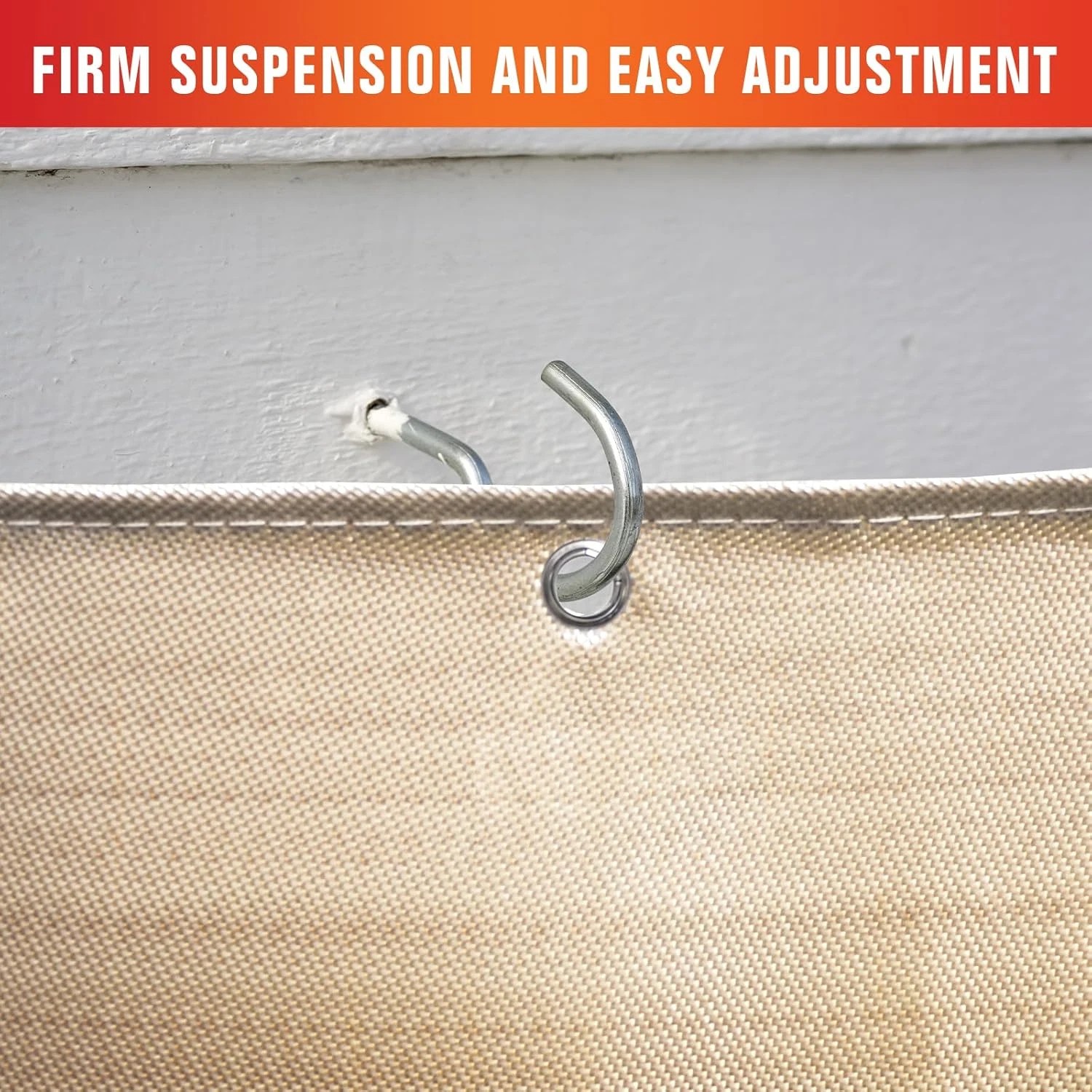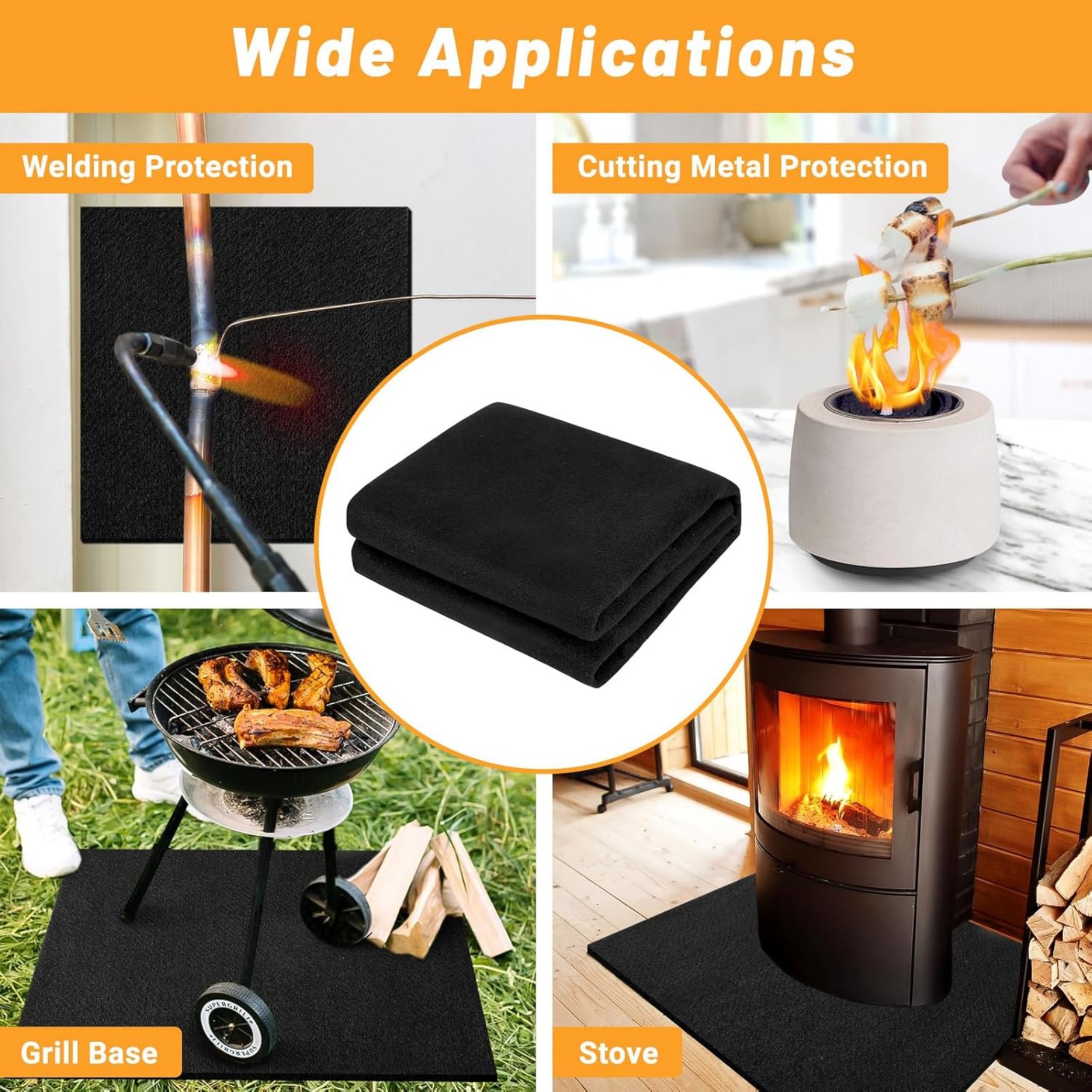Fire Blanket Safety Guide: How to Use It for Emergency Fire Protection
Summary:A fire blanket smothers small fires by cutting off oxygen. This guide explains proper usage, safety benefits over extinguishers, and maintenance tips for home/workspace protection.
What Is a Fire Blanket?
You've probably seen a fire blanket - a folded square of flame-resistant material (usually fiberglass or wool) stored in a quick-release container. Unlike fire extinguishers that spray chemicals, it works by smothering flames. When properly deployed over a fire, it starves the flames of oxygen, stopping combustion.
When Should You Use a Fire Blanket?
Reach for your fire blanket in these situations:
- Small kitchen fires:Grease fires from pans (water worsens these!)
- Clothing fires:If someone's clothes catch fire, wrap them immediately
- Electrical equipment:Small appliance fires where extinguisher residue would cause damage
Never use it for large, spreading fires or flammable liquid spills covering wide areas.
Step-by-Step Usage Guide
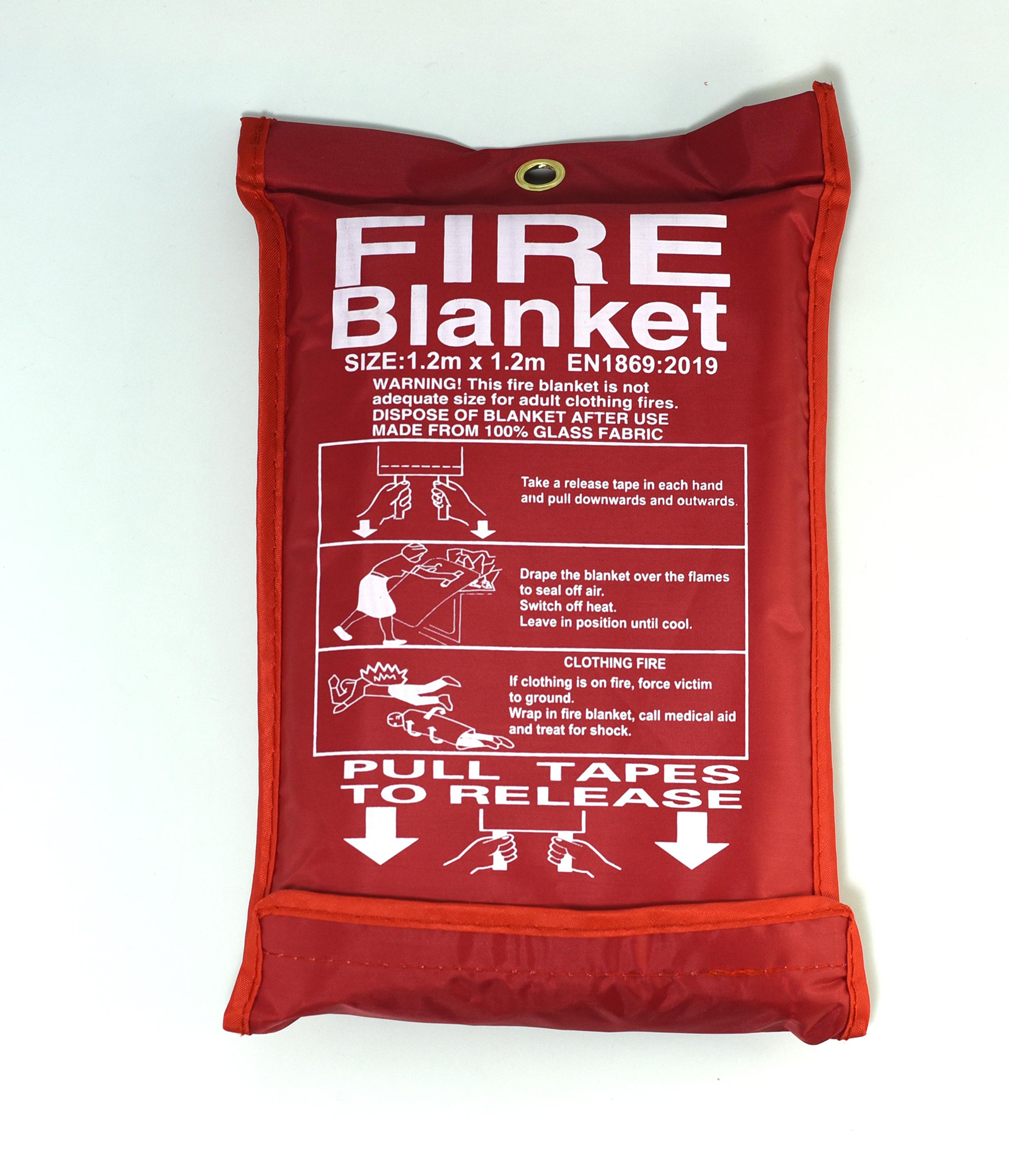
Follow these steps when using a fire blanket:
- Pull the tabs to release the blanket from its case
- Hold the blanket by the corners with your hands protected behind it
- Approach the fire slowly with the blanket held like a shield
- Place (don't throw) the blanket over the flames completely
- Leave it in place for at least 15 minutes to ensure the fire is out
Remember: If the fire grows beyond a small area, evacuate and call emergency services.
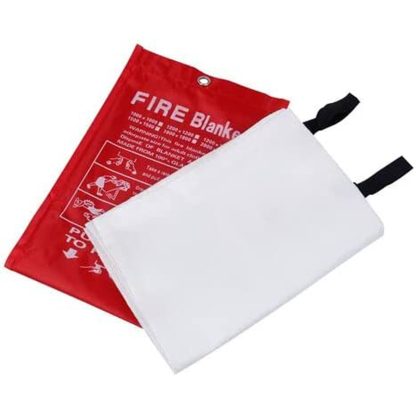
Why Choose a Fire Blanket Over an Extinguisher?
Fire blankets offer unique advantages:
- No cleanup:Unlike chemical extinguishers, they leave no residue
- Reusable:After cooling and inspection, many can be refolded
- Safer for certain fires:Especially effective on grease and electrical fires
- Easier maintenance:No pressure gauges or annual professional servicing needed
Proper Placement and Maintenance
To ensure your fire blanket works when needed:
- Mount it near potential fire sources (kitchens, workshops) but not directly above stoves
- Check monthly that the container isn't damaged and tabs are accessible
- Replace if the blanket shows discoloration, holes, or stiffening (typically every 5-7 years)
- After use, have it professionally inspected before reusing
Common Mistakes to Avoid
People often make these errors with fire blankets:
- Throwing it rather than placing carefully (can spread flames)
- Removing it too soon (fire may reignite)
- Using it on large fires (blankets have size limits)
- Storing near heat sources that could damage the material

Fire Blanket Ratings and Standards
Quality fire blankets meet specific standards:
- EN 1869:European standard for size and performance
- UL 2159:U.S. safety certification
- Size matters:1m x 1m blankets suit most homes; larger needed for industrial use
Always check for certification marks when purchasing.
Specialized Fire Blanket Types
Beyond standard models, consider these variants:
- Welding blankets:Extra-thick for spark protection
- Chemical-resistant:For laboratories handling flammable substances
- Emergency escape blankets:Some combine fire protection with heat shielding for evacuation
Fire Blanket Training Tips
Practice makes perfect with fire safety equipment:
- Conduct drills using an unopened blanket to familiarize with the release mechanism
- Demonstrate the proper hand placement (never grip near where flames will contact)
- Review the "stop, drop, and roll" technique for clothing fires alongside blanket use
Remember - a fire blanket is just one part of comprehensive fire safety. Combine it with smoke detectors, escape plans, and proper hazard awareness for complete protection.


